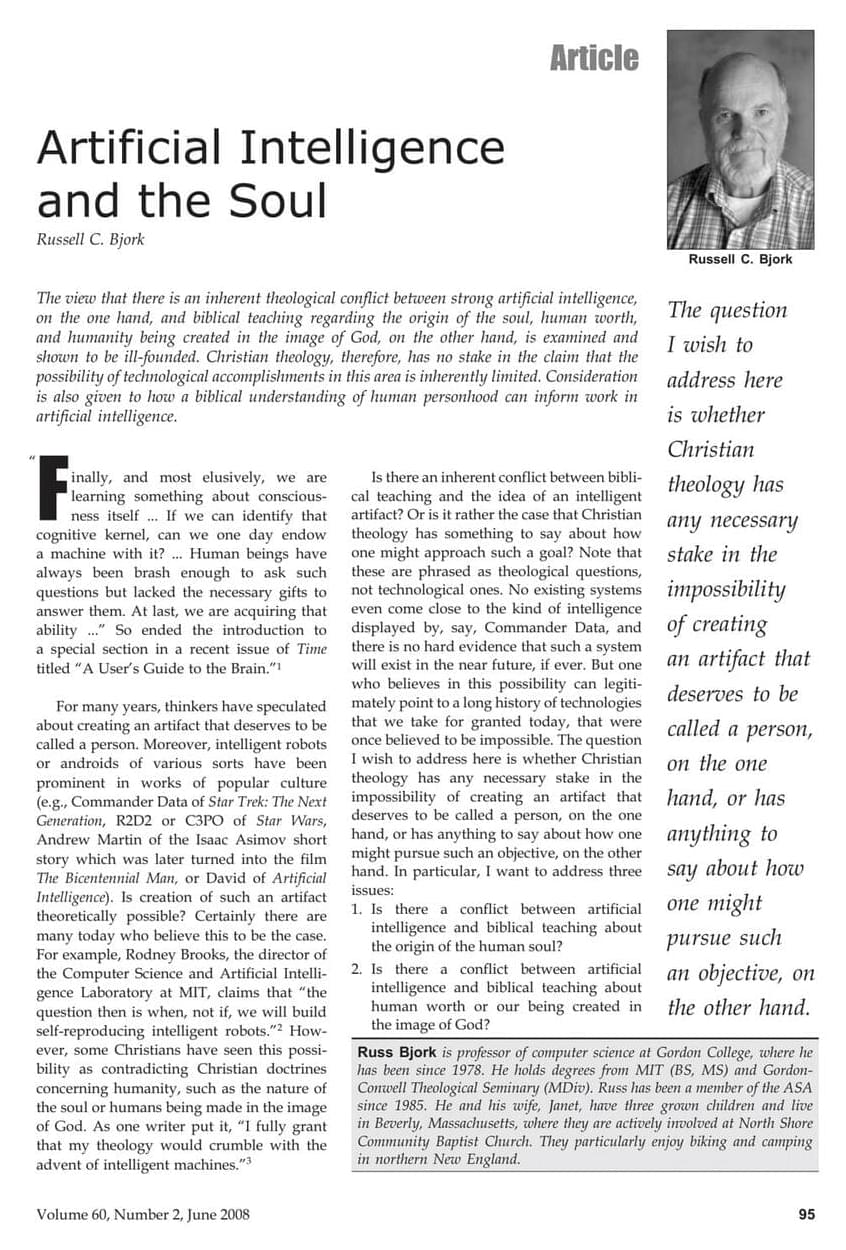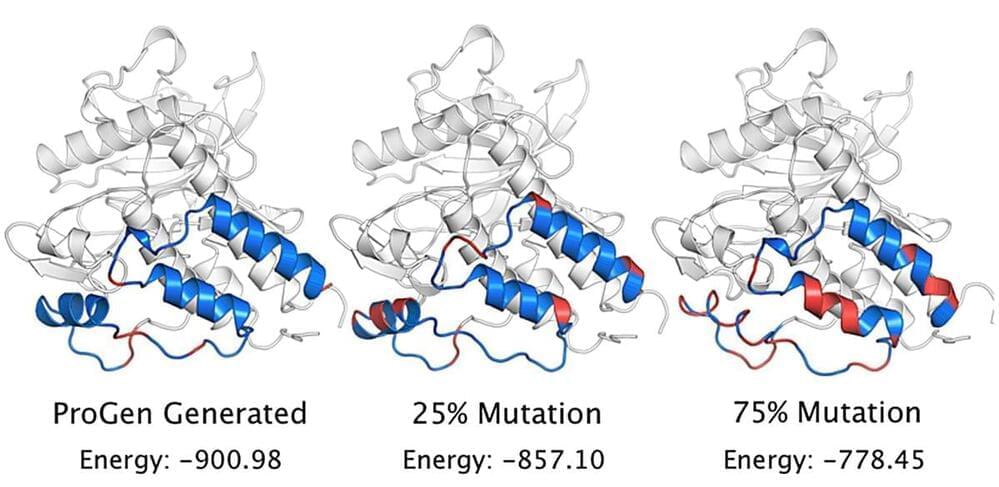An “epic race for AI supremacy” is underway, reports The Economist. To find out who is leading, the publication ran Google’s yet-to-be launched chatbox against ChatGPT. The results are mixed.



Google is testing new artificial intelligence-powered chat products that are likely to influence a future public product launch. They include a new chatbot and a potential way to integrate it into a search engine.
The Alphabet company is working on a project under its cloud unit called “Atlas,” which is a “code red” effort to respond to ChatGPT, the large language chatbot that took the public by storm when it launched late last year.

Kevin Systrom and Mike Krieger, the co-founders of Instagram, have launched a brand new app called Artifact. This revolutionary software uses artificial intelligence (AI) technology to provide users with a personalized news feed. Currently, an invitation code is required to access the app; however, individuals can join a waitlist in order to gain early access. Systrom and Krieger left Instagram back in 2018 after working for eight years at the Facebook-owned company. Although they publicly stated that their departure was due to their desire to explore creativity and curiosity again, tensions between the two co-founders and CEO Mark Zuckerberg were also reported. Last year, the duo debuted a website dedicated to tracking the spread of COVID-19.


Ready for AI’s future?
This movie explores the top 10 AI technologies that will change our lives.
These technologies might transform industries and redefine how we interact with the world, from self-driving cars to smart cities.
These technologies create serious ethical problems that must be addressed. Future AI technology will astound and inform you.
Don’t forget to like, comment and subscribe as this supports this channel💕💕
Follow my socials for posts and updates.
As technology continues to advance at an exponential rate, it’s hard to ignore the nagging feeling that we may be heading toward a dystopian future. In this video, we’ll be examining the potential dangers of artificial intelligence and machine learning; how they could lead us down a dark path if left unchecked. From the displacement of human workers to the loss of privacy and control, the repercussions of our reliance on technology are far-reaching and potentially disastrous.
In today’s video we look at The Dark Side of Artificial Intelligence: Dystopian Future Inevitable?…Keep watching to see artificial intelligence and the bad side of artificial intelligence and the dystopian future and artificial intelligence tutorial and the artificial intelligence movie and andrew yang artificial intelligence and the artificial general intelligence and artificial intelligence podcast and the artificial intelligence 2019 and artificial intelligence 2021and the artificial intelligence: mankind’s last invention and what is artificial intelligence and is artificial intelligence dangerous and how does artificial intelligence work and the futureSubscribe for Artificial Intelligence, Data Science, and Crypto. Inspired by Tech Vision, Moconomy, and Digital Engine. Inspired by Get RICH in the A.I. Revolution (2023)Inspired by Why Artists are Fed Up with AI Art. Inspired by What ChatGPT Could Mean for the Future of Artificial IntelligenceInspired by The Real Danger Of ChatGPTInspired by End Game — Technology | Dystopian Future | Machine Learning | Artificial IntelligenceAlso check out: https://youtu.be/POFaQNNQVLMOn Technology Titan we will go through Artificial Intelligence, Crypto, and SpaceX. Stay tuned for the latest Data Science, Tech, and Stocks. Click here to subscribe: bit.ly/3WvpXbT



Yann LeCun, Meta’s chief artificial intelligence (AI) scientist shared his thoughts on ChatGPT.
ChatGPT has been making headlines worldwide, but not all are impressed. Yann LeCun, Meta’s chief artificial intelligence (AI) scientist, had some harsh words for the program in an hour-and-a-half talk hosted by the Collective Forecast. This online, interactive discussion series is organized by Collective.
“In terms of underlying techniques, ChatGPT is not particularly innovative,” said LeCun on Zoom last week.
NurPhoto/Getty Images.
What exactly did he have to say? ZDNET attended the session and reported on it.